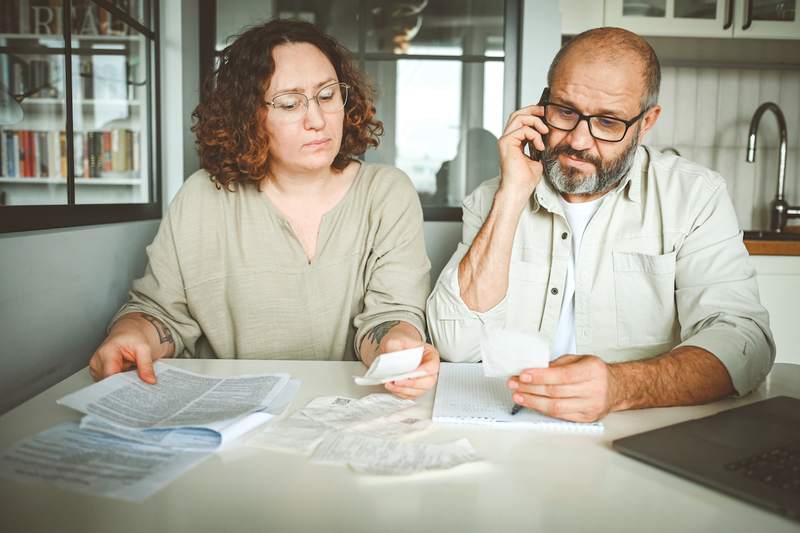Best Reverse Mortgage Lenders
Featured Articles

What Are Real Estate Comps and How Do You Find Them?
Rory Arnold7 min read
What To Do If You’re Underwater on Your Mortgage
T.J. Porter10 min read
Buying a Second Home: Essential Steps and Tips
Terence Loose9 min read
How To Resolve Problems on the Final Walk-Through
Rory Arnold8 min read
Personal Loan vs. Cash-Out Refinance for Home Improvements
Andrew Martins11 min read
Making Reverse Mortgage Payments: How It Works
Brett Holzhauer7 min read